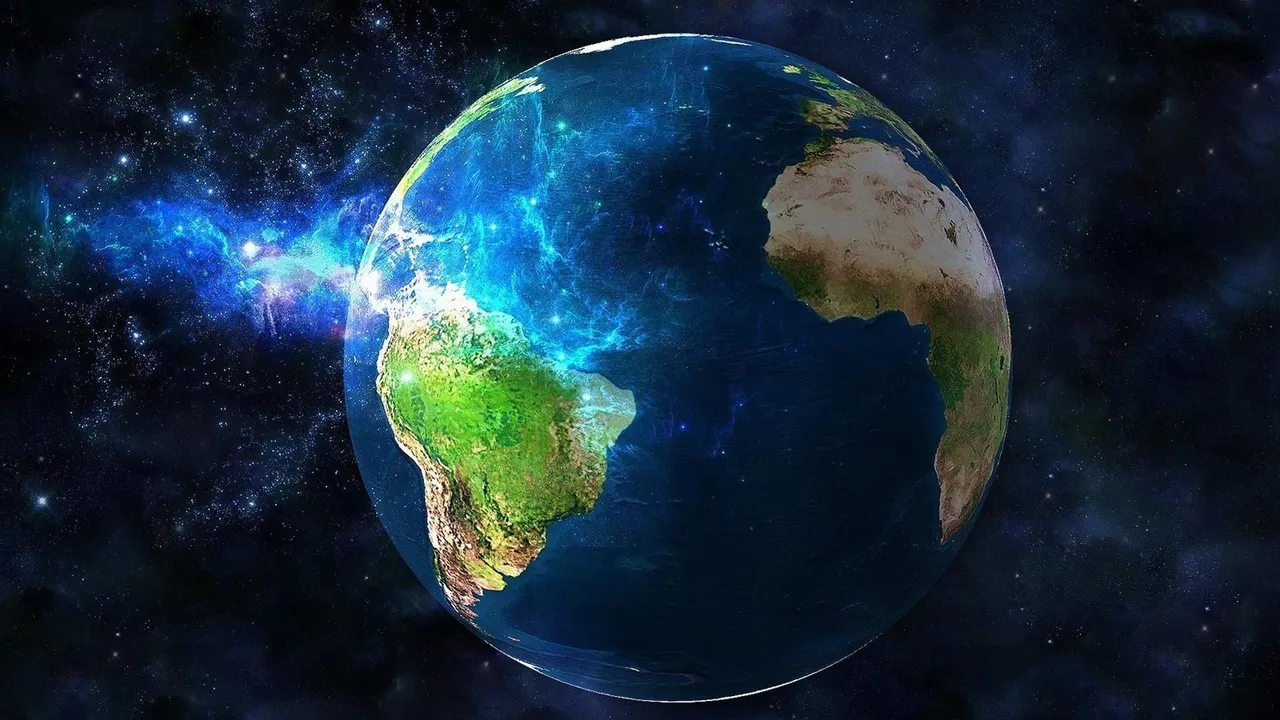
Earth is the third planet from the Sun in the solar system and is the only known planet to support life. It is a terrestrial planet, meaning it is composed primarily of rock and metal and has a solid surface. Earth is home to a diverse range of ecosystems, including forests, grasslands, deserts, oceans, and polar regions.
Earth is approximately 12,742 kilometers in diameter and has a mass of 5.97 x 10^24 kilograms. It is composed of an inner and outer core, a mantle, and a crust. The inner core is made of iron and nickel and has a temperature of around 5,000°C. The outer core is made of a liquid iron-nickel alloy and has a temperature of around 4,000°C. The mantle is made of hot, viscous rock and extends from the outer core to a depth of around 2,900 kilometers. The crust is the outermost layer of Earth and is made of a variety of rocks, including granite, basalt, and sedimentary rocks.
Earth's atmosphere is made up of 78% nitrogen, 21% oxygen, and trace amounts of other gases. It protects the planet from harmful solar and cosmic radiation and helps regulate the climate. Earth's climate is varied, with temperatures ranging from -89.2°C in Antarctica to 57.7°C in Death Valley, California.
Earth is also home to a diverse range of life forms, including animals, plants, fungi, and microorganisms. The planet has a rich biosphere, with life existing in almost every environment, from the freezing cold of the Arctic to the boiling hot water of hydrothermal vents.
From a physical perspective:
- Earth is a rocky planet, the third from the Sun in our solar system. It's the fifth largest in terms of size and the densest, boasting a solid iron core surrounded by a mantle and a thin crust.
- We have a unique atmosphere, primarily composed of nitrogen and oxygen, crucial for sustaining life. This gaseous shield also protects us from harmful solar radiation and regulates temperatures.
- Water defines Earth. 71% of our surface is covered by oceans, harboring incredible biodiversity and shaping our weather patterns. Landmasses, from towering mountains to fertile plains, form continents and islands, offering diverse habitats for life.
From a biological perspective:
- Earth is the only known planet in the universe teeming with life in all its forms. From microscopic bacteria to majestic whales, diverse ecosystems thrive in oceans, forests, deserts, and everything in between.
- Life itself originated here billions of years ago, evolving through natural selection and adapting to the ever-changing environments. This ongoing drama of life continues to unfold, shaping our planet's landscapes and enriching its biodiversity.
- Humans are part of this intricate web of life. We rely on the planet's resources and ecosystems for our existence, yet our activities can also impact them significantly. Understanding our interconnectedness with nature is crucial for ensuring a sustainable future for both.
From a cultural and historical perspective:
- Earth has been home to countless civilizations throughout history. Each culture has developed unique ways of understanding and interacting with the planet, shaping our languages, traditions, and art.
- Exploration and discovery have been defining characteristics of our relationship with Earth. From ancient voyagers to modern astronauts, we constantly push the boundaries of our knowledge about our planet and its place in the universe.
